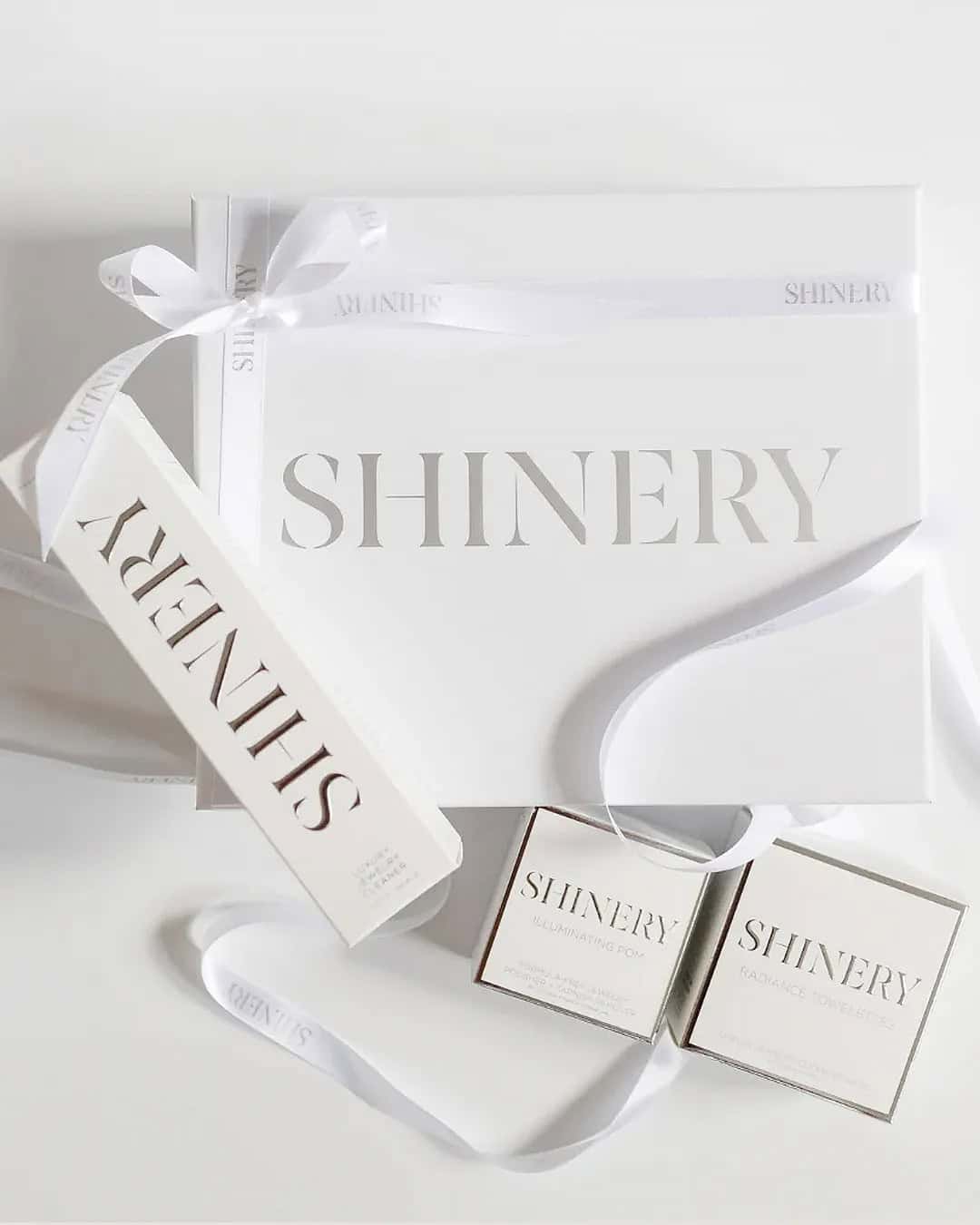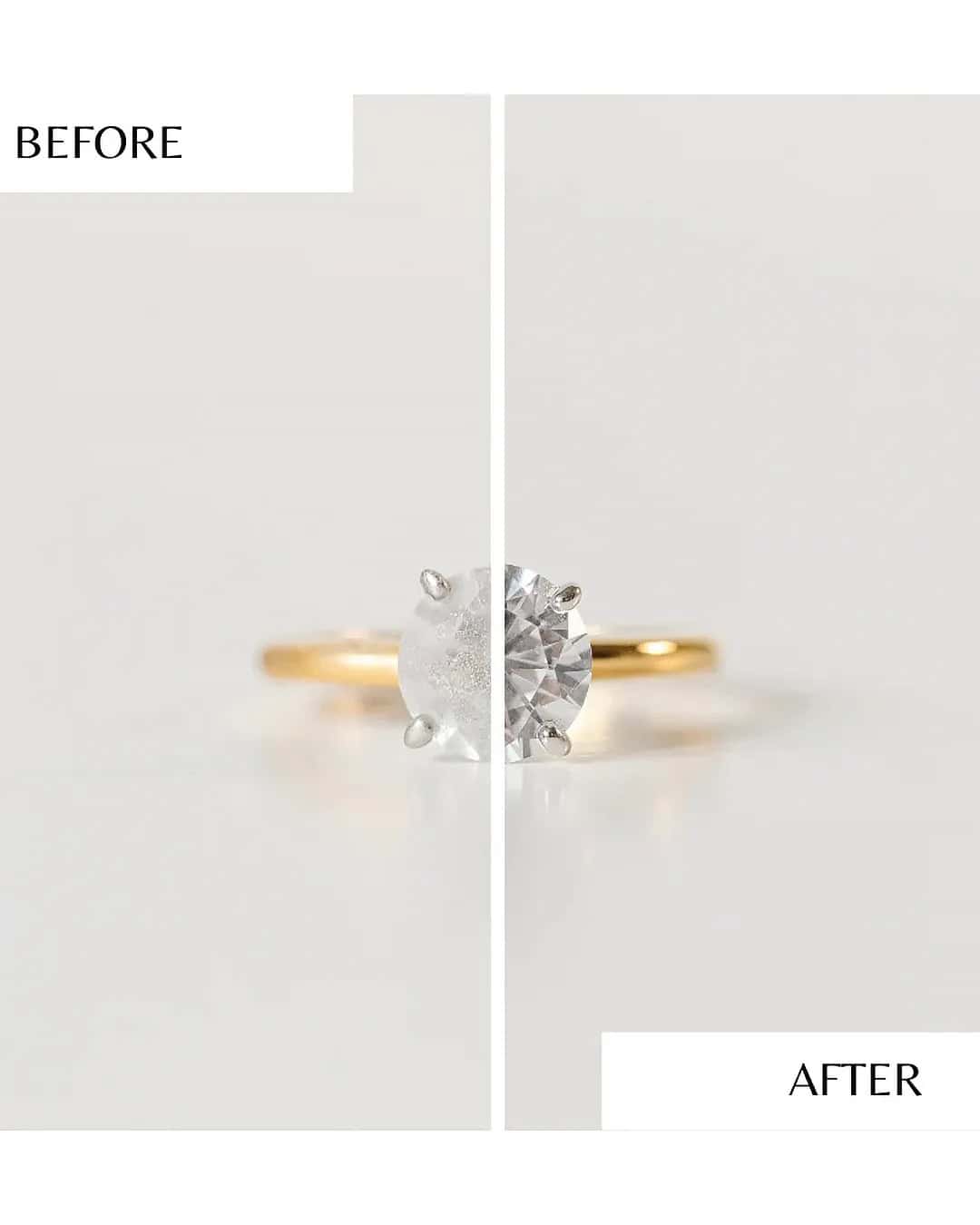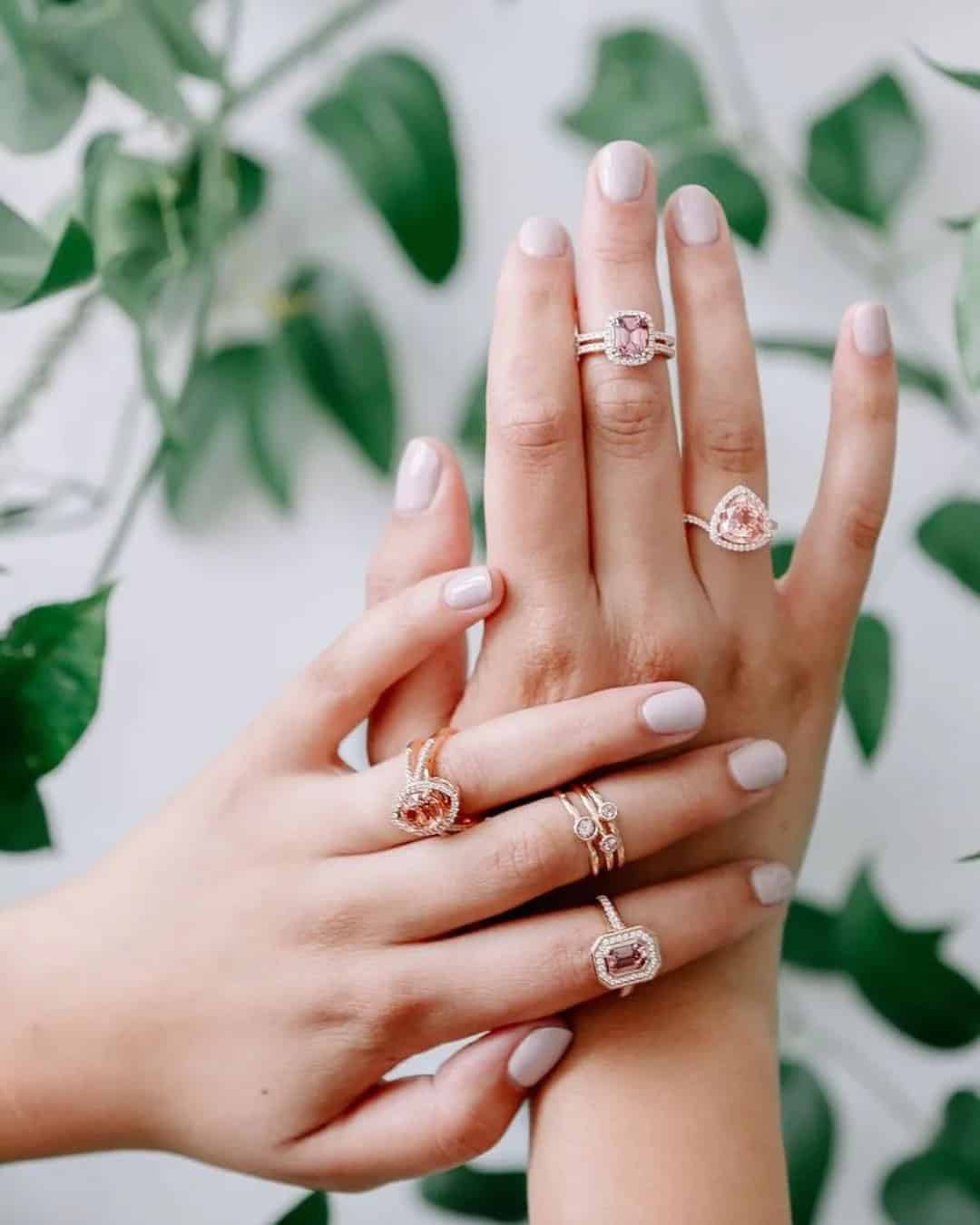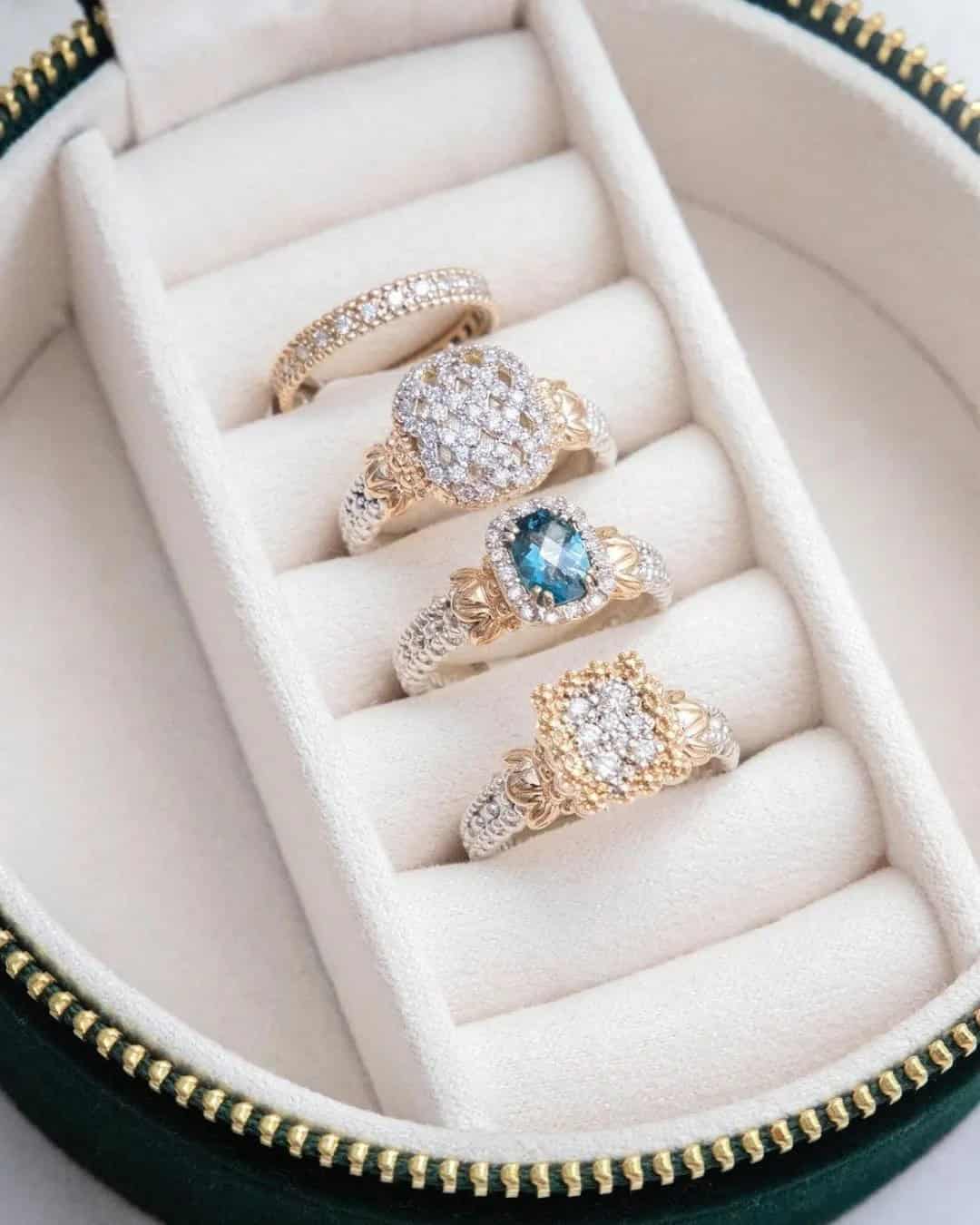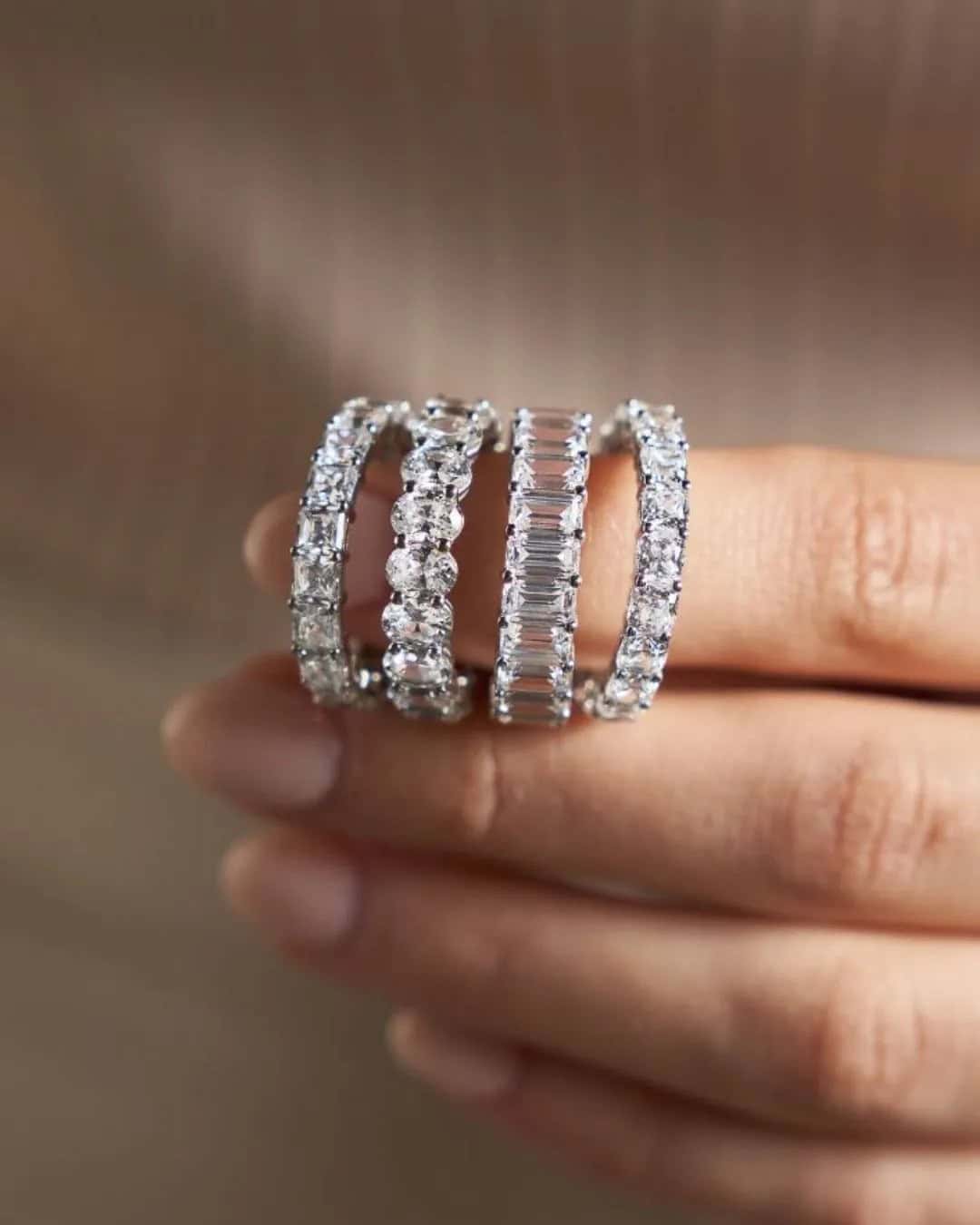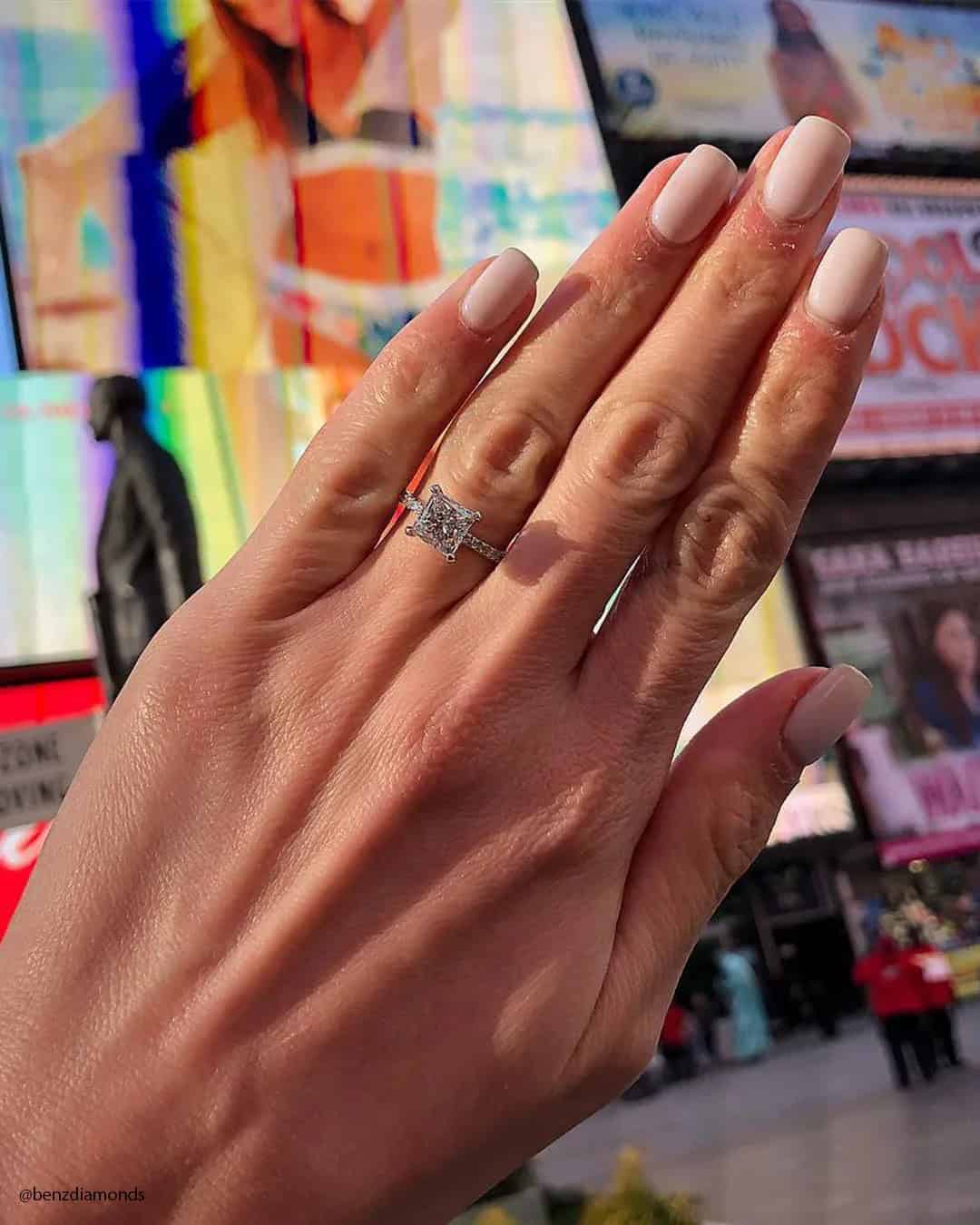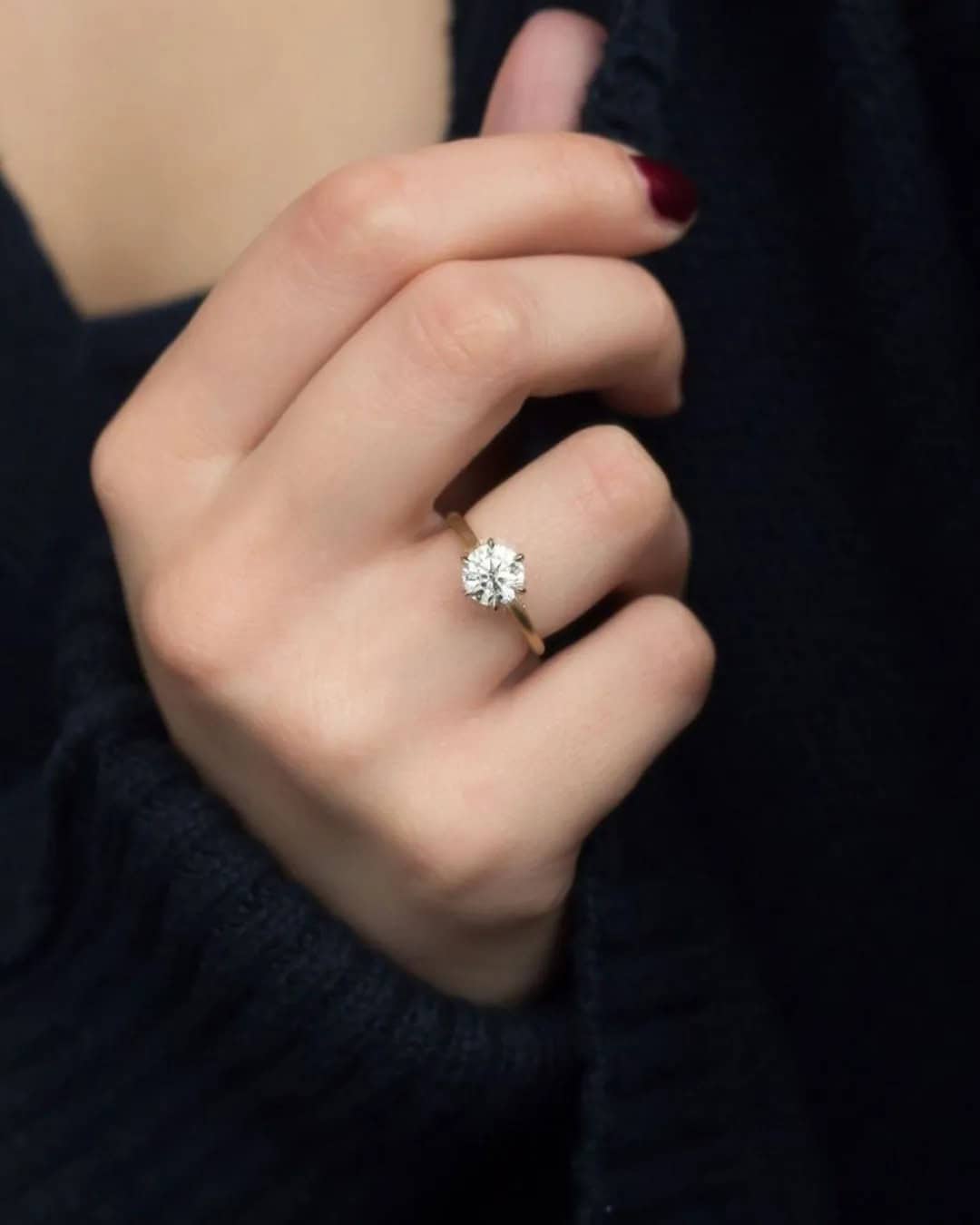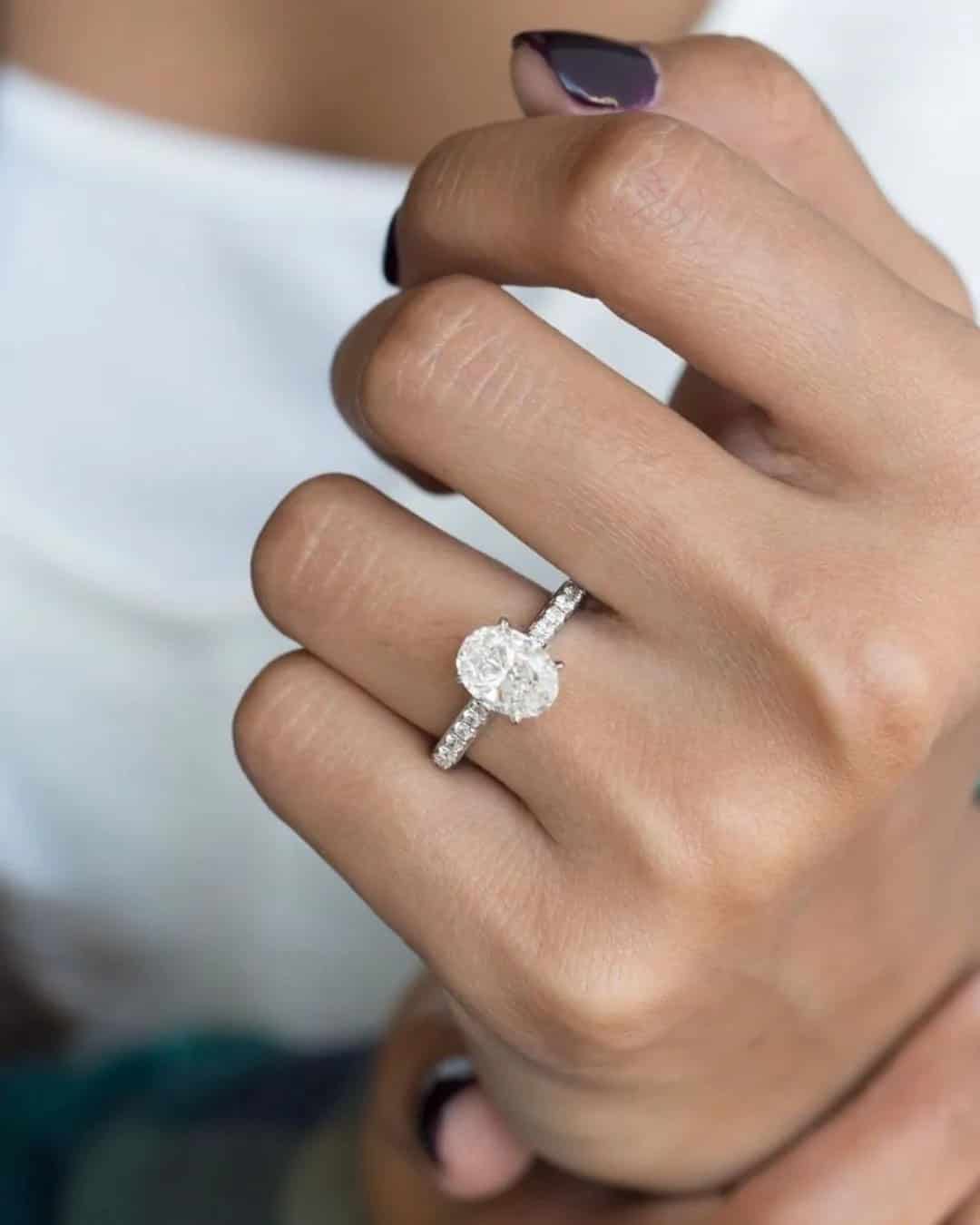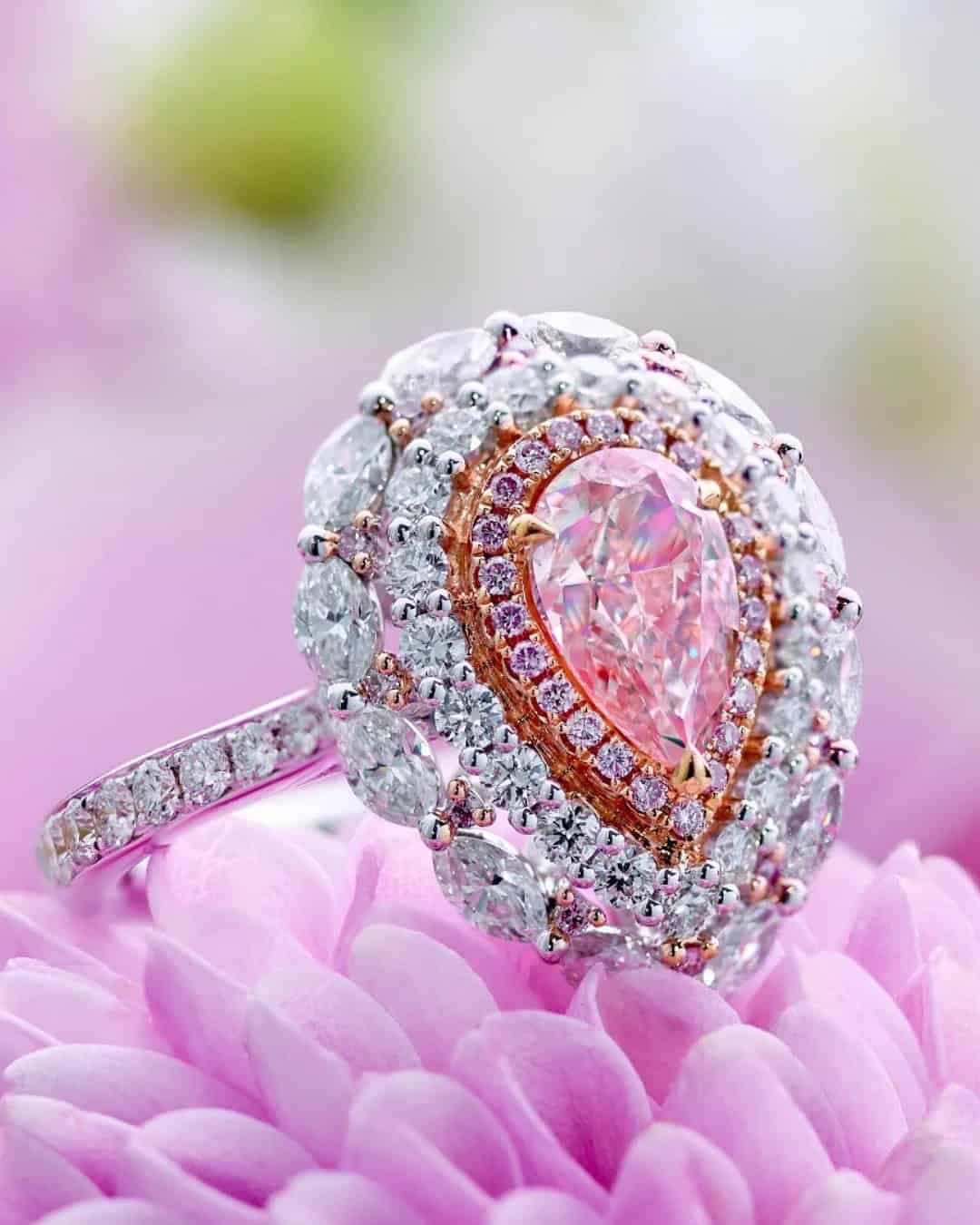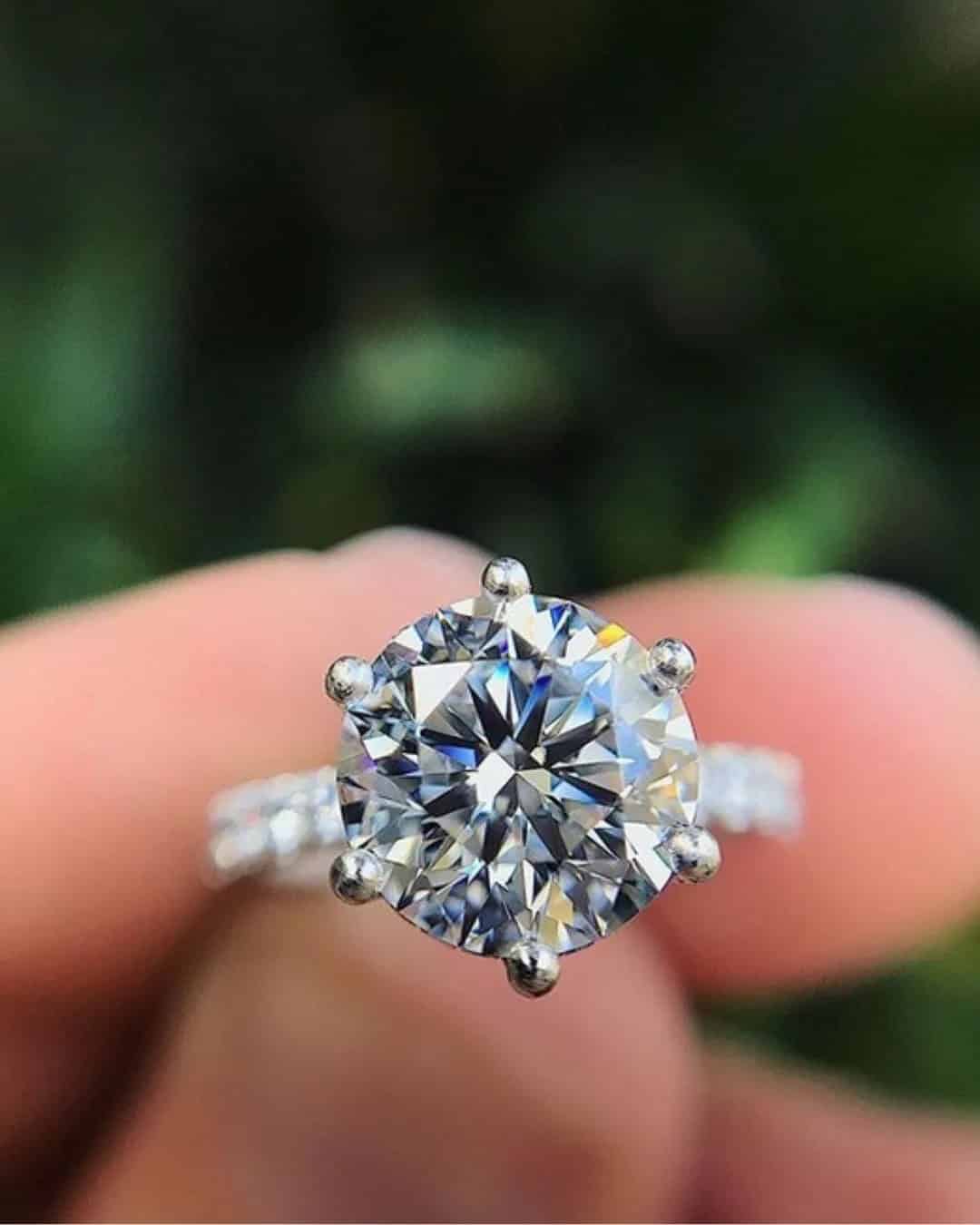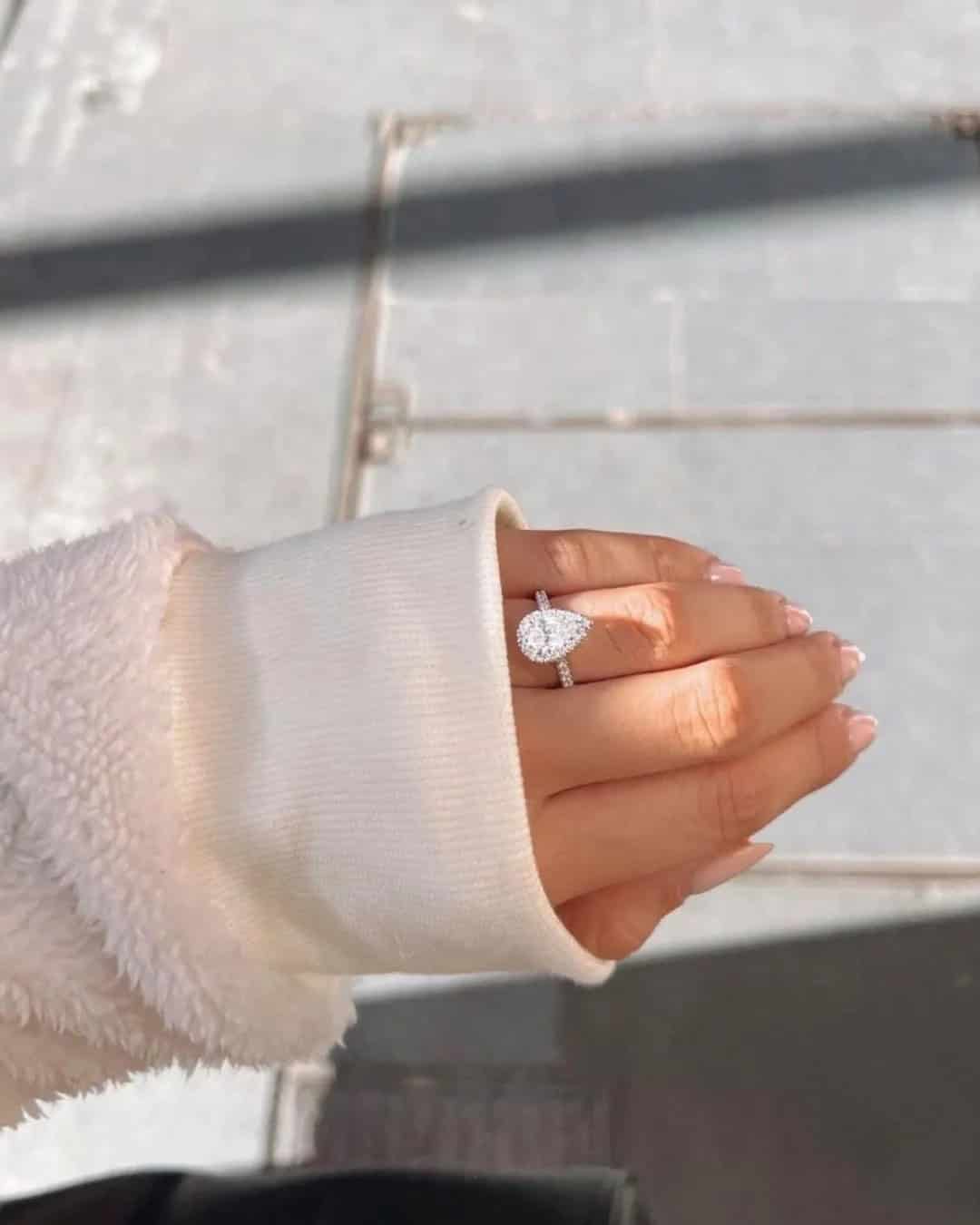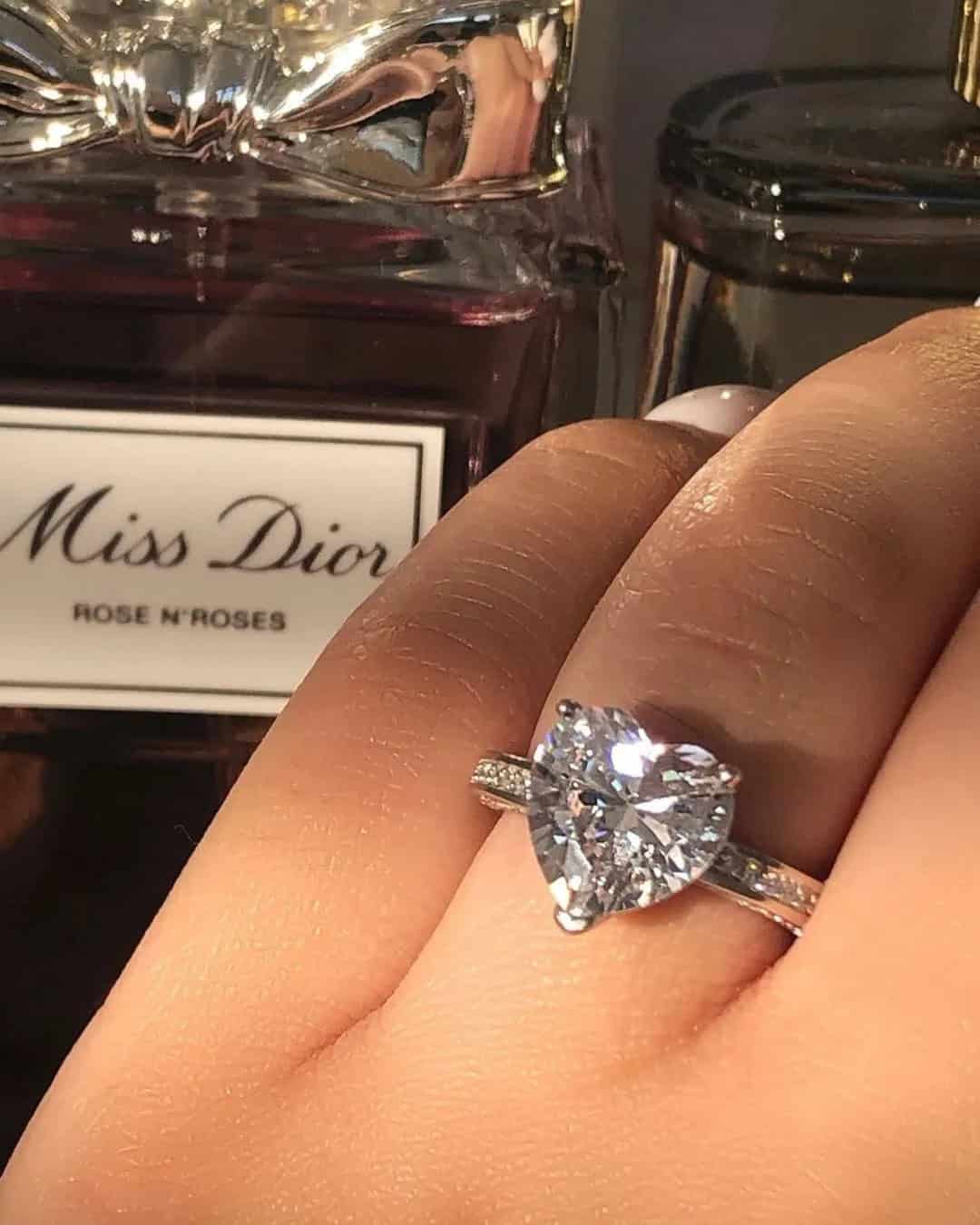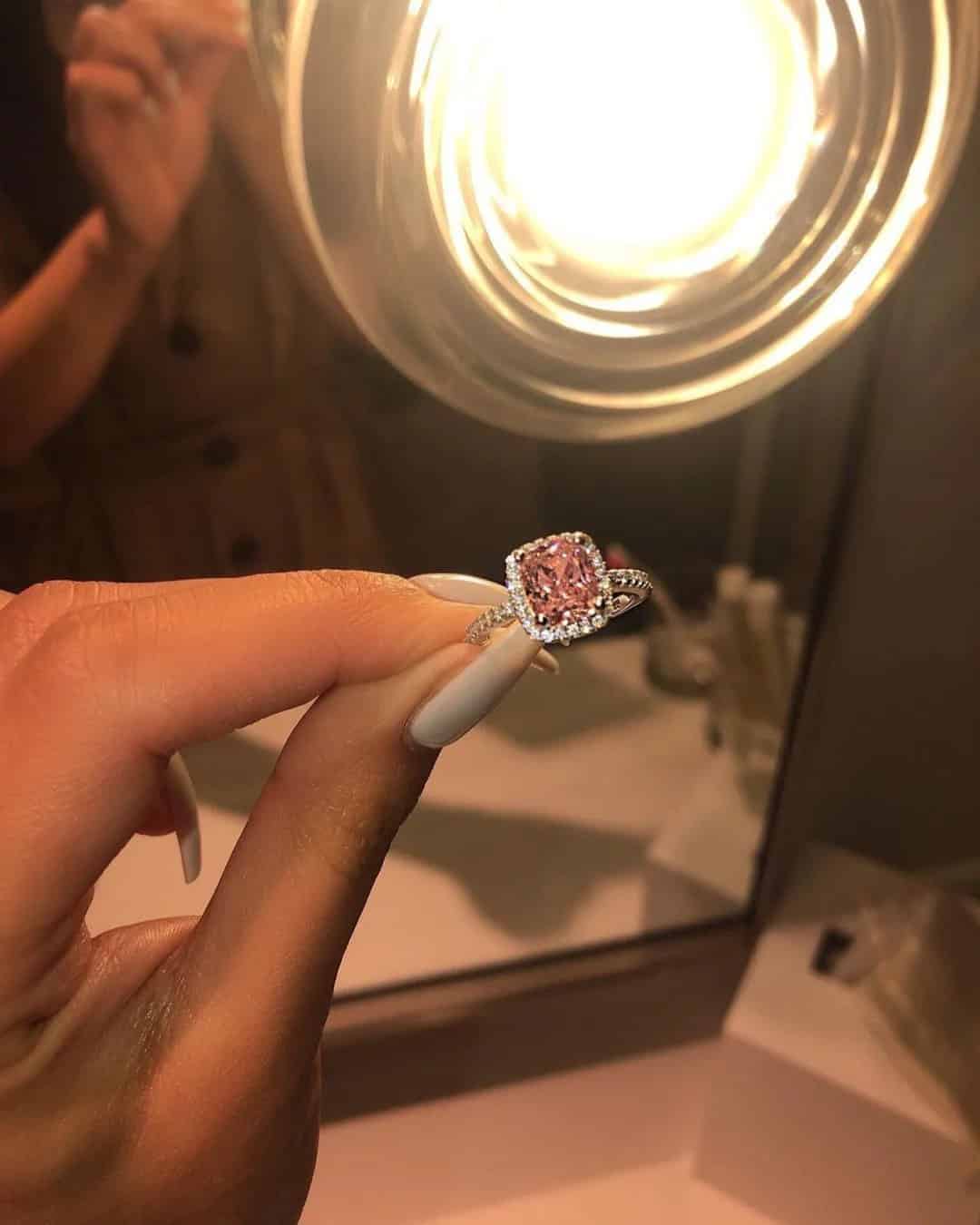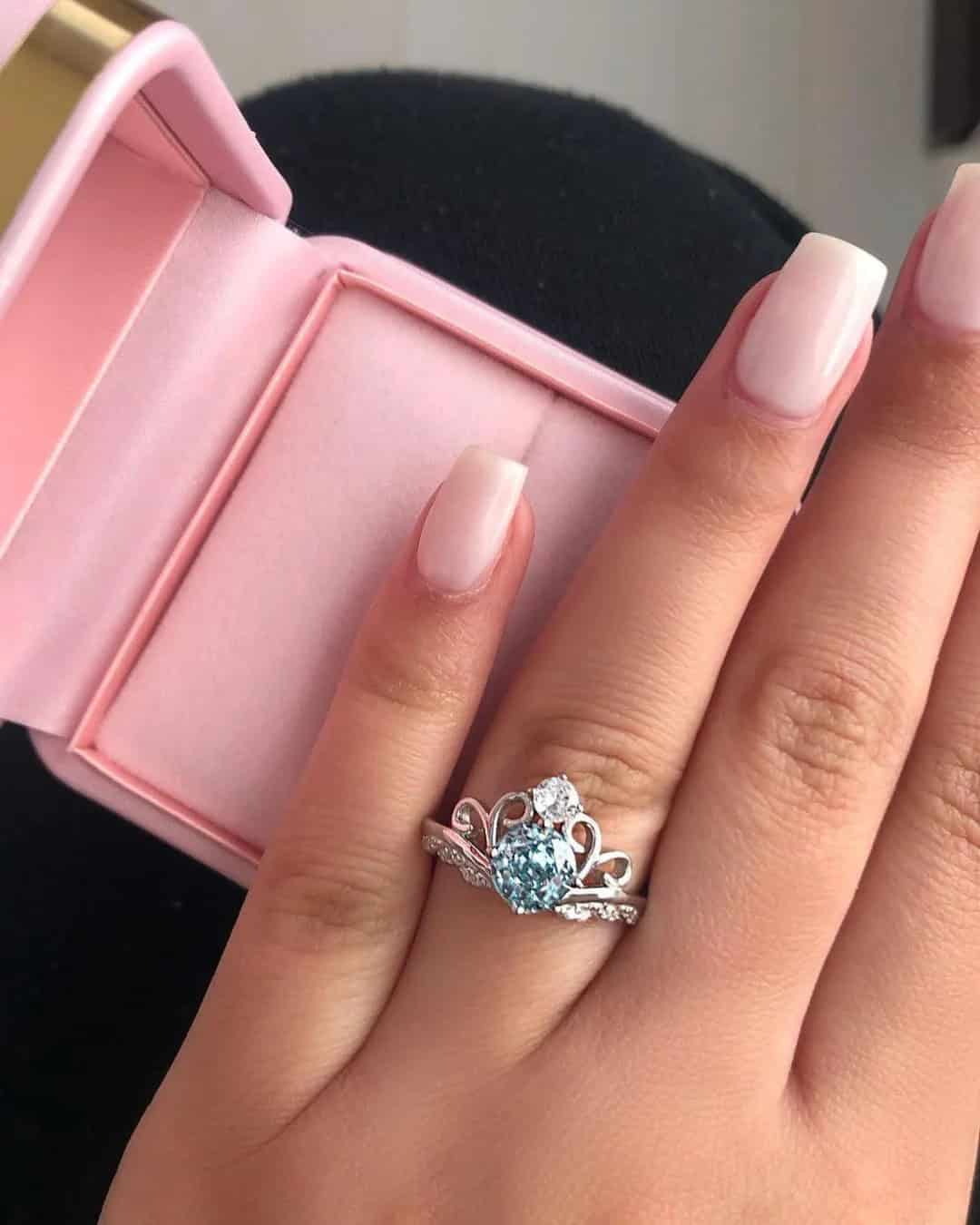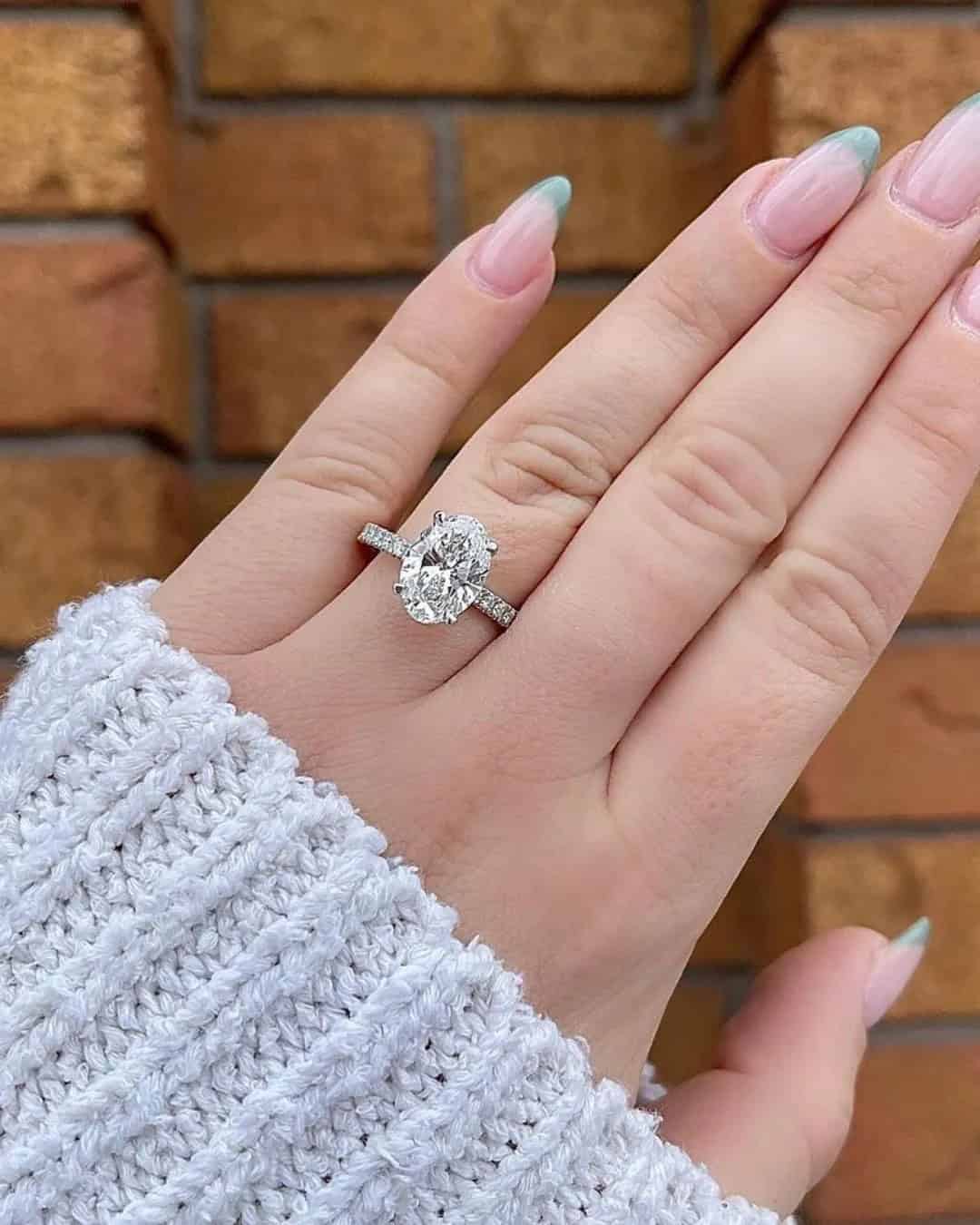When considering the purchase of an engagement ring, it’s crucial to consider not just its sentimental value but also its financial one. With the average cost of an engagement ring reaching upwards of $6,000, it’s essential to have a plan in place in case the unexpected happens. This is where ring insurance comes in – a practical consideration that can provide peace of mind for couples and individuals alike.
While it may not be the most romantic topic, understanding what’s covered and what’s not under an engagement ring insurance policy is vital in ensuring your treasured symbol of commitment remains protected.
Frequently Asked Questions
Is it worth it to insure the engagement ring?
Protecting your engagement ring with insurance may seem like a small expense compared to the sentimental value it holds, but it’s a crucial step in safeguarding your investment. A ring’s fragility means it can easily be damaged or lost, regardless of its size or monetary value.
By insuring your engagement ring against theft, loss, and damage, you’ll enjoy peace of mind knowing that you’re prepared for any unexpected eventuality, freeing yourself from the stress and burden of having to replace or repair it at a later date.
Should you sleep with your engagement ring on?
While it’s natural to want to keep your engagement ring on at all times, removing it before bed is a precaution worth taking. The risks associated with sleeping with jewelry are not insignificant – aside from the possibility of damaging or tearing the ring, there’s also the chance that you might accidentally hit it against something in the night, which could lead to scratches or even loss.
Swelling during sleep can also make it tricky to remove the ring in the morning, which is another reason to take it off before drifting off. It’s a small step to prioritize your jewelry’s safety and security by removing it each evening – a habit that will ultimately help preserve its beauty for years to come.
Understanding Engagement Ring Insurance
Protecting your cherished symbol of love with engagement ring insurance is paramount. As Sue Seabury, a regular contributor to The Pearl Source, aptly notes, understanding the intricacies of these policies is crucial for anyone looking to safeguard their prized possession.
In fact, recent surveys have revealed that many people invest significant sums in their engagement rings – nearly half of respondents spent more on their ring than they did on their first car, while 70% said it was one of the most expensive items they owned. And let’s not forget the daily wear and tear: a staggering 60% of survey respondents admitted to keeping their ring on while washing their hands. For a small price, engagement ring insurance offers peace of mind.
This type of coverage reimburses you for the repair or replacement value of your ring if it’s damaged, lost, or stolen. Like home or auto insurance, the cost will depend on various factors – the value of the ring, your location, and the local rate of theft. Typically, you can expect to pay around 1-3% of the ring’s value (approximately $60-$180 for a $6,000 ring).
Most policies provide coverage within a few days of purchase, and travel anywhere in the world without worrying about leaving your ring behind.
Types of Engagement Ring Insurance
When it comes to insuring your engagement ring, you might consider adding a jewelry extension, or rider, to your existing homeowner’s or renter’s policy. However, keep in mind that filing a claim could lead to increased premiums for the entire policy and even affect your eligibility when renewal time rolls around. Moreover, these types of policies typically come with lower replacement value limits, often capped at $1,500, and may not cover repairs.
To boost the limit, you can opt for a ‘personal articles floater,’ but even that might only increase the coverage to $2,500, which falls short of many engagement ring values. An alternative approach is to invest in a stand-alone engagement ring insurance policy. This type of coverage offers the widest range of circumstances and can include provisions such as theft, damage from fire or other accidental events, mysterious disappearance, and repairs for normal wear and tear.
Some policies may also adjust annually for inflation, while others require reappraisal every few years to re-evaluate the insurance. A stand-alone policy might come with a deductible, although many don’t have one. It’s essential to carefully review the terms of any policy you’re considering to ensure it meets your needs and covers all potential risks.
Insurance: What to Look for
When it comes to protecting your valuables, including your engagement ring, having the right insurance coverage can provide peace of mind. One option to consider is adding a ‘rider’ to your existing policy, which is an extension that specifically covers your engagement ring and other jewelry pieces you own. Alternatively, you may want to explore purchasing a specialized jewelry-specific policy for your engagement ring and any other valuable items you’ve accumulated over time.
Coverage
When considering insurance coverage for your engagement ring, it’s essential to understand the nuances of various policies. Some may come with a deductible, while others won’t. As you select an engagement ring policy, it’s crucial to weigh the pros and cons of adding it to your existing coverage. Be aware that if you submit a claim, all your policies might be affected as a result.
On the other hand, specialized jewelry policies like Jeweler’s Mutual offer tailored coverage for your specific ring and valuables, often providing more comprehensive protection than general insurance companies. Each insurer may have different plans available for your engagement ring, so it’s vital to ask about coverage options, including loss, theft, and mysterious disappearances. Some plans might cover all three, while others will only protect against one or two.
To make an informed decision, thoroughly understand your policy and gather all relevant facts before making a choice. We recommend carefully evaluating all your options before settling on the final policy.
Replacement
When considering an engagement ring, it’s crucial to consider its potential for repair and maintenance. The first step is to understand any warranty offered by the company or jeweler from which you purchased your ring. This includes the validity period of the warranty. To ensure you’re properly prepared for any future repairs, it’s essential to ask about deductibles and premiums when selecting an insurance policy.
Additionally, inquire about any restrictions on who can repair your engagement ring, where you can purchase a replacement if needed, and what types of repairs are permitted. Some policies may impose these limitations, so it’s vital to ask the right questions before committing to a plan.
Assessment of value
When shopping for an engagement ring, I recommend sourcing from reputable suppliers that utilize independent laboratories like the Gemological Institute of America (GIA). This ensures you’ll receive a diamond certification and grading report with your purchase. Having this information at hand is crucial when purchasing engagement ring insurance.
To make the most of your insurance policy, it’s essential to gather as much detail about your ring as possible.
Keep photos, your diamond certificate, grading report, and original receipts in a secure location. Additionally, consult with a quality gemologist before insuring your ring to ensure an accurate appraisal that minimizes potential financial losses.
The accuracy of these details will directly impact the specifics and premium cost of your engagement ring insurance. By prioritizing precision, you’ll find adding insurance to your purchase a seamless process.
Documentation requirements
When considering purchasing insurance for your engagement ring, there are three key documents you should have at the ready. The first is a collection of original receipts, including proof of purchase, which you should keep in a safe place from the moment you pick up your ring from the jeweler. This documentation is crucial because it provides evidence of the ring’s value and the date of purchase, both of which will impact the final cost of your insurance policy.
Next, if your diamond or precious stone has been certified by a reputable organization, be sure to obtain an original grading report or diamond certificate from your jeweler. This document will provide detailed information about your stone’s weight, characteristics, and any other relevant attributes, all of which will help the gemologist conducting the appraisal write a more accurate assessment. Finally, it’s essential to take your engagement ring to a reputable gemologist for an appraisal.
The accuracy of this appraisal is critical because it will directly impact the value that the insurance company assigns to your ring. This, in turn, will affect not only the replacement value of your ring but also any potential repair costs. By having these three documents in order, you’ll be well-prepared to make informed decisions about insuring your engagement ring and ensure that you receive fair compensation in the event it’s lost, stolen, or damaged.
Engagement Ring Insurance Cost
When it comes to insuring your engagement ring, premiums can fluctuate depending on several factors. The value of the ring itself, where you reside, and your existing insurance policy costs all play a role in determining your premium. On average, you can expect to pay around 1-2% of the total cost of your engagement ring annually.
Rate Calculation
When it comes to insuring your engagement ring, rates can vary significantly depending on the state and insurance provider. Additionally, deductibles will differ based on whether you choose to insure your ring separately or add it to an existing policy. Furthermore, premiums are influenced by deductible levels – lower deductibles typically result in higher premiums. On average, engagement ring insurance costs around 1-2% of the ring’s value annually.
For instance, if your $5,000 ring is insured, you can expect to pay between $50-$100 per year, factoring in other variables.
Deductible Options
In the world of insurance, a deductible is a crucial concept to grasp. Essentially, it’s the amount you’ll need to shell out before your insurer kicks in to cover the costs of a claim. To illustrate this, let’s consider an example. Suppose your deductible is $100 and you’re filing a claim for a $500 repair. In this scenario, you’ll need to pay the initial $100, leaving your insurance provider to cover the remaining $400.
On the flip side, if your deductible is $0, your insurer will assume full responsibility for any costs incurred, whether it’s $500 or more.
One of the most significant implications of a $0 deductible is that you’ll have zero out-of-pocket expenses in the event something happens to your ring. However, this option often comes with a higher annual premium – the cost of maintaining your insurance plan.
When making this decision, it’s essential to weigh the pros and cons and consider how much you’re willing to spend if your ring is stolen, lost, or damaged.
My advice is to carefully evaluate your options and budgetary constraints. For some people, a $0 deductible might be the best choice, while others might prefer a lower insurance plan with a higher deductible.
Ultimately, investing in an insurance plan for your engagement ring is a savvy move that can spare you headaches down the line if something goes awry with your treasured piece of jewelry.
Policy Minimums
At Jeweler’s Mutual, an independent insurance company catering specifically to the jewelry industry, policyholders can expect a minimum coverage of $25-$30, varying slightly depending on their state of residence. While there is no fixed minimum value for insuring a jewelry piece, it’s worth noting that this cost will essentially be equivalent to the actual value of the item, regardless of whether it’s a high-value or lower-value piece.
What isn’t covered under insurance?
When it comes to insuring your engagement ring, there are certain circumstances where coverage may not be available. It’s essential to be aware of these scenarios to ensure you’re prepared in case of unexpected events. Here are some instances when your engagement ring may not be covered under insurance plans:While wear and tear, as well as gradual tarnishing, can occur naturally over time, excessive deterioration that compromises the ring’s integrity may render it uninsurable.
Additionally, damage caused by rodents, insects, or vermin, such as gnawing or burrowing, is typically excluded from coverage. In extreme circumstances, nuclear hazards, military acts, and war can also result in irreparable harm to your engagement ring, leaving you with little to no recourse for insurance reimbursement.
Filing a Claim: How To
Before contacting your insurance company about a damaged, stolen, or lost engagement ring, take some time to prepare. Start by thoroughly reviewing your policy to understand what’s covered and what’s expected of you in terms of documentation and communication. Gather the necessary paperwork, including your policy number, any riders or floaters, and relevant dates (such as when the ring was lost or stolen). A police report with reference numbers can also be helpful.
Consider keeping dated photos and/or an appraisal on hand for added support. To prevent emotional responses from clouding your judgment, take a few minutes to write down what happened in a clear and concise statement. Remember to stick to the facts and avoid any embellishments or inaccuracies – honesty is crucial. Finally, jot down notes about any conversations you have with the insurance company, including dates, times, and agent names.
Once you’ve received approval from your insurer to repair or replace the ring:Choose an approved jeweler to perform the repairs or shop for a new ring. Be prepared to pay the deductible amount directly to the jeweler, after which the remaining balance will be sent to the insurance company. If your repaired or replaced ring is identical to the original, you won’t need to make any changes to your policy.
However, if you decide on a replacement ring with different characteristics (such as size or metal type), you’ll want to update your policy accordingly. In hindsight, investing in engagement ring insurance can be seen as a prudent move. While it may require an initial appraisal and ongoing premiums, the added peace of mind and protection for your treasured jewelry is well worth the cost.
By following these tips, you’ll be better equipped to navigate the claims process and find the right insurance provider for your needs.
